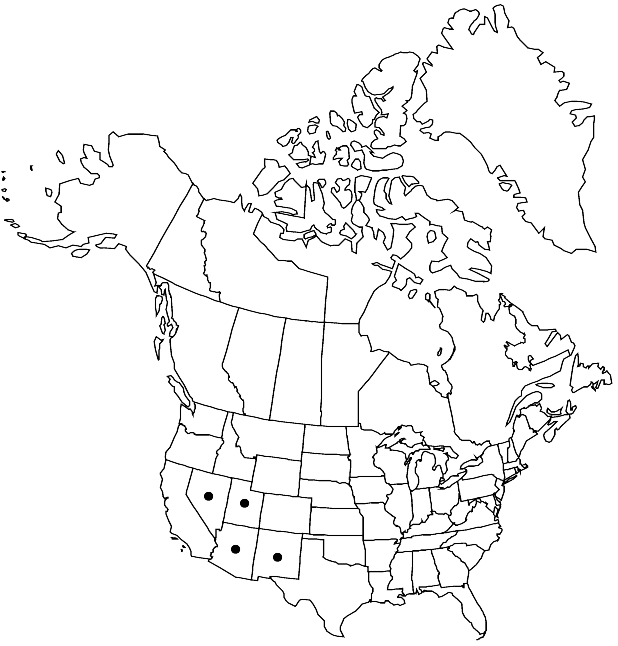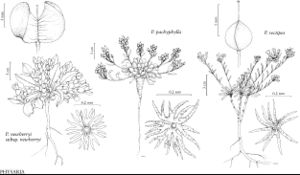familyBrassicaceae
genusPhysaria
speciesPhysaria newberryi
subspeciesPhysaria newberryi subsp. newberryi
Difference between revisions of "Physaria newberryi subsp. newberryi"
Synonyms: Physaria newberryi var. racemosa Rollins
Treatment appears in FNA Volume 7. Treatment on page 653.
imported>Volume Importer |
imported>Volume Importer |
||
| Line 46: | Line 46: | ||
|publication year= | |publication year= | ||
|special status= | |special status= | ||
| − | |source xml=https:// | + | |source xml=https://bitbucket.org/aafc-mbb/fna-data-curation/src/2e0870ddd59836b60bcf96646a41e87ea5a5943a/coarse_grained_fna_xml/V7/V7_1100.xml |
|tribe=Brassicaceae tribe Physarieae | |tribe=Brassicaceae tribe Physarieae | ||
|genus=Physaria | |genus=Physaria | ||
Latest revision as of 22:30, 5 November 2020
Plants usually not mound-forming. Caudex simple or few-branched (some populations on shifting substrates with elongated branches). Styles less than 4 mm, shorter than fruit sinus. 2n = 8, 16.
Phenology: Flowering Mar–May.
Habitat: Low elevation blackbrush, pinyon-juniper, Gambel oak, and ponderosa pine communities
Elevation: 800-2400 m
Distribution

Ariz., Nev., N.Mex., Utah.
Discussion
Supposed differences between subspp. newberryi and racemosa do not hold up in light of recent collections that show a continuum in replum and raceme lengths.
Selected References
None.
Lower Taxa
None.
